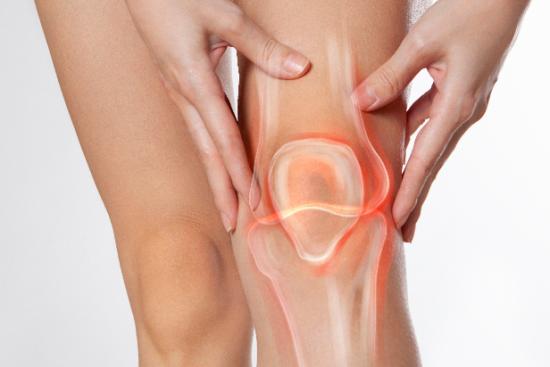Bone lengthening is a surgical procedure indicated to correct differences in limb length, whether congenital (dwarfism) or acquired (following trauma). This procedure helps to harmonize the figure and improve the function of the affected limbs. It can be performed on the upper or lower limbs, bilaterally or unilaterally.
Lengthening techniques are varied, using devices such as external or internal fixators and intramedullary nails. These devices create a microfracture in the bone (osteotomy),which is gradually expanded at a rate of about 1 mm per day, stimulating the formation of new bone tissue.
Leg lengthening: Best specialists & costs in Turkey
Imagine a new dimension with bone lengthening in Turkey!
With Turquie Santé, you have access to quality care in state-of-the-art clinics. Our medical partners specialize in the most advanced limb lengthening techniques.
We offer a customized care plan for a successful transformation: our team is with you every step of the way, from your initial consultation to your return home. Enjoy personalized follow-up care and a caring environment.
Ready to take the first step? Send us your medical file now and benefit from our advantageous costs for your surgery.








